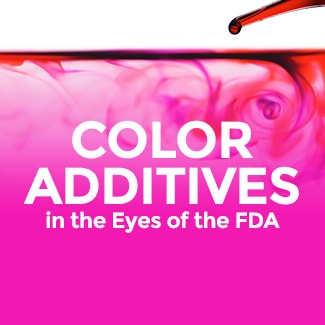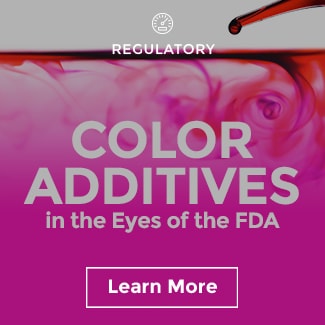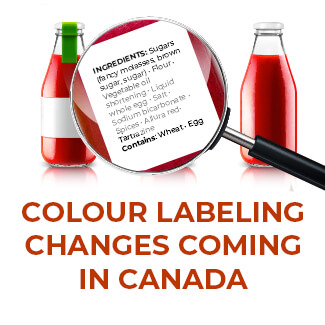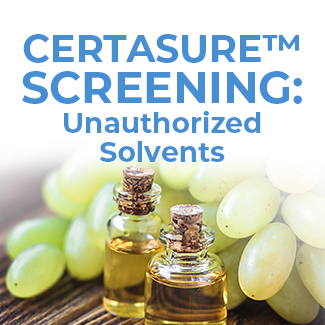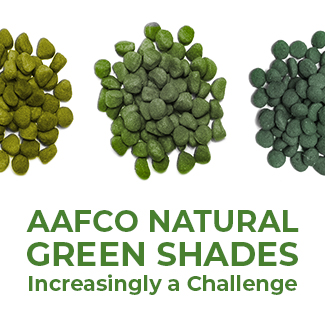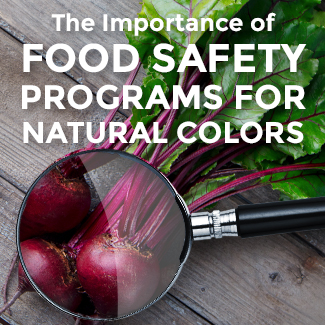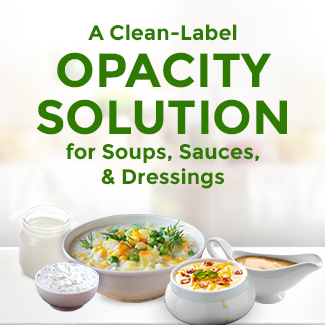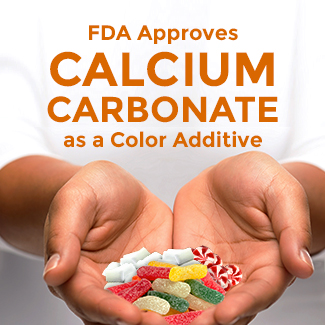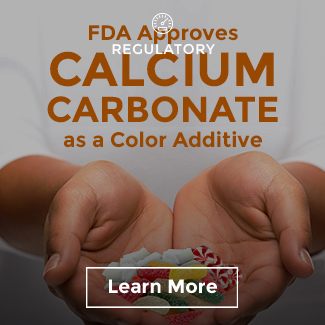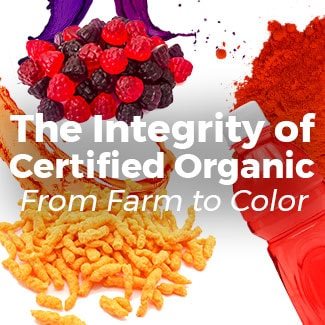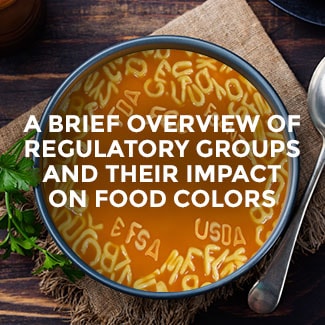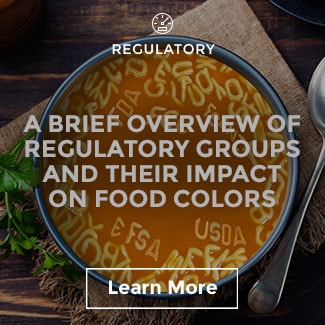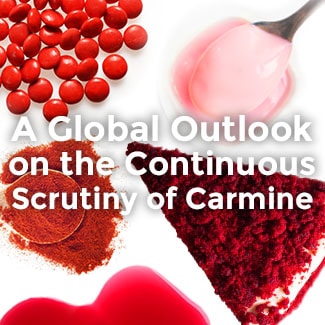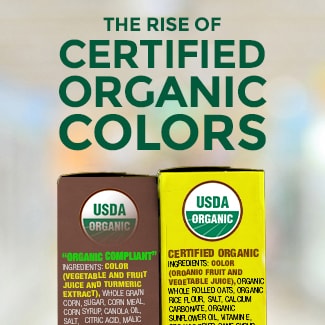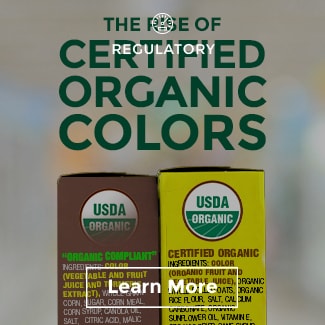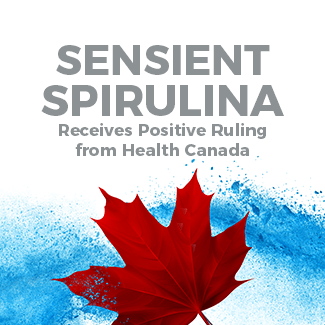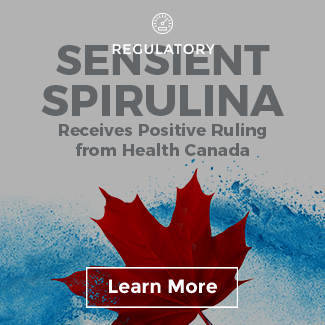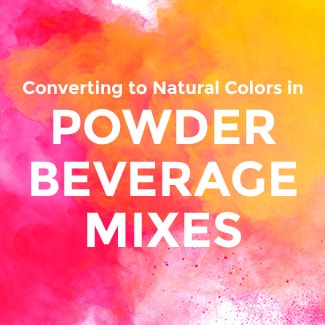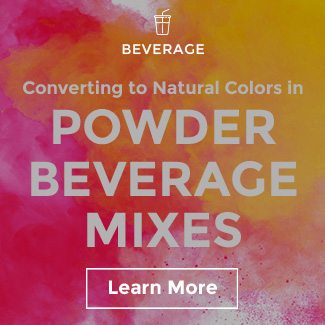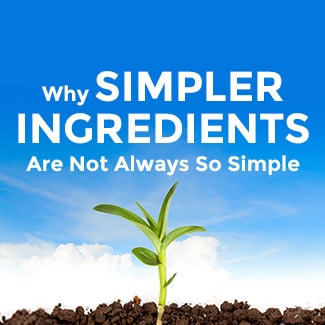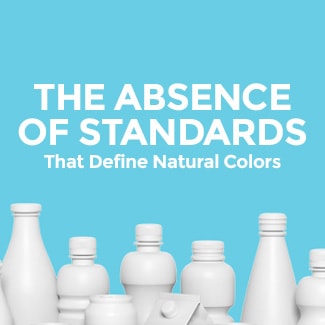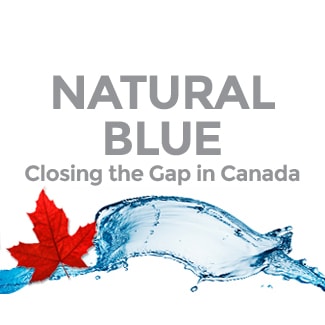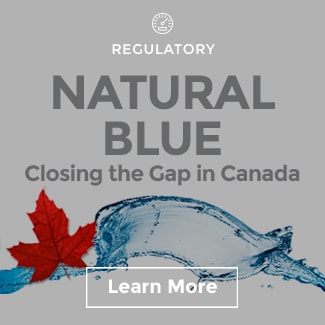Raising The Standards Of Organic Food Coloring
The Regulatory of Organics
With the launch of Mondelez’s organic Triscuits, Ferrara’s Black Forest Organic Gummies, and PepsiCo’s organic Gatorade, the rise of organic products is extending beyond the produce and dairy aisles. The classification of “organic” is complex for some because of blurred lines between the “organic” and “made with organic” claims on packaging.
Fortunately, there is a Federal Advisory Board who advises on issues involving the production, handling, and processing of organic products and ingredients — The National Organic Standards Board (NOSB). The NOSB makes recommendations to the USDA based on majority vote proposed motions. These motions are then provided to the National Organic Program (NOP), a regulatory program housed under the USDA’s Agricultural Marketing Service.
The NOSB is responsible for the regular review of substances included on the National List of Allowed and Prohibited Substances. The USDA uses recommendations from the National List to formally codify NOP regulations found in the Code of Federal Regulations (CFR).
Color Additives on the National List
The National List (7 CFR 205.600-205.607) is actually a series of lists for multiple subcategories of nonorganic ingredients that are currently permitted in organic products. Color additives are classified under the following subcategory of the National List:
§205.606 Nonorganically produced agricultural products allowed as ingredients in or on processed products labeled as “organic.”
(d) Colors derived from agricultural products — Must not be produced using synthetic solvents and carrier systems or any artificial preservative
(2) Beta-carotene extract color — derived from carrots or algae
(3) Black/purple carrot juice color *
(4) Chokeberry, aronia juice color *
(5) Elderberry juice color *
(6) Grape skin extract color *
(7) Purple sweet potato juice color *
(8) Red cabbage extract color *
(9) Red radish extract color *
(10) Saffron extract color *
*2027 Sunset Date
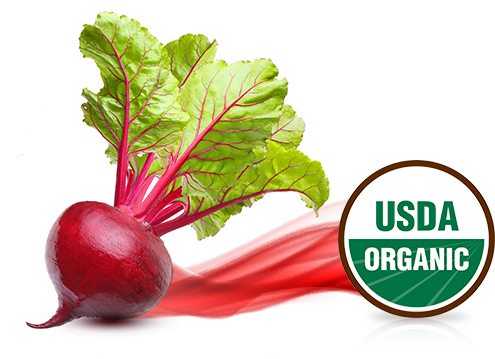
As the title for Subpart 205.606 states, these colors are “nonorganically produced.” For shorthand, the food industry tends to call them ‘organic compliant’ to differentiate from organic certified colors, but it should be noted there is no NOP definition for this term.
Looking to the Future
The National List is not intended to be a static list; it actually undergoes many modifications.
Changes to the Code of Federal Regulations come from National List proposals in three ways:
- A petition to add a substance
- A petition to remove a substance
- The Sunset Review Process
These updates are meant to encourage the expansion of organically certified operations. Thus, substances like color additives are subject to the commercial availability rule. The removal of National List ingredients most likely results from either the emergence of a commercially available organic certified version or the lack of active support for continuance.
As the industry advances and sunset dates expire, the National List is shrinking.
Looking Further Ahead
In April 2016, the USDA reported a significant increase in the number of certified organic operations, saying “according to new data, there are now 21,781 certified organic operations in the United States and 31,160 around the world.” As the availability of certified organic raw materials continues to increase, the blurred lines between ‘organic compliant’ and certified organic will become more clear. Eventually, color additives may not even appear on the National List, and all colors in products featuring the USDA organic seal will need to be certified organic. The only color not sunsetting from the National List in 2027 is Beta Carotene Extract Color.
Sensient’s organic strategy is to supply food manufacturers with long-term organic options, so they don’t have to worry about reformulation down the road.
Don’t miss the latest additions to our certified organic portfolio here.



